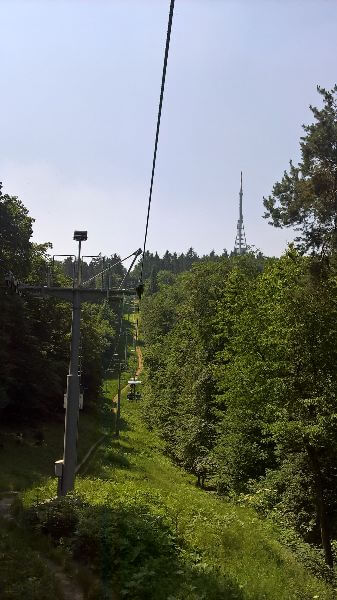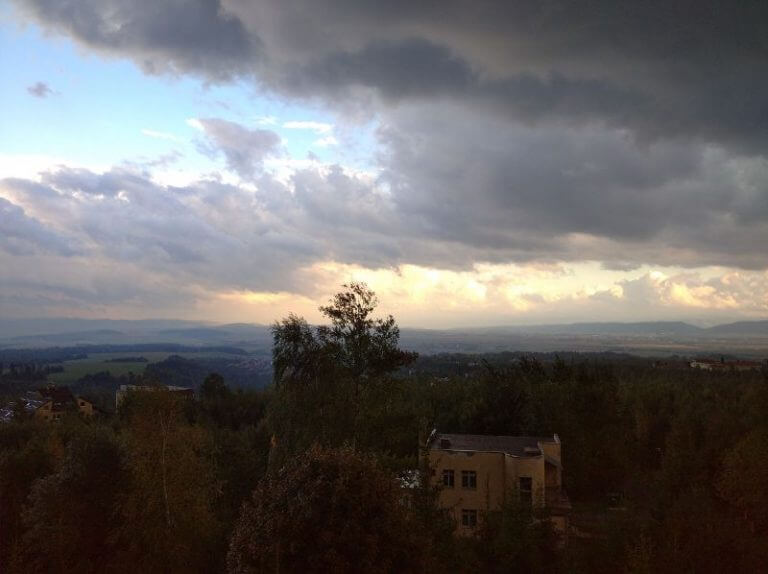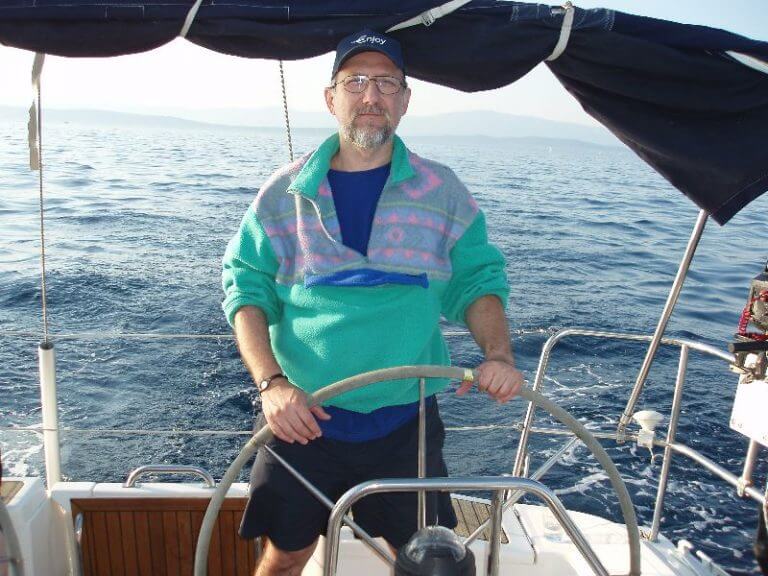I’m sure you know the feeling that, contrary to the saying ’north, south, east or west, home is always the best,’ at a particular moments anywhere else is better for you to be than at home. Domestic quarrels or wrangles, not only between politicians but also between friends and colleagues, or even in your own family, might reach such an intensity that you become captive to one importunate question: How can you know that home is the best until you’ve not gone north, south, east and west? It may occur to one that only being face-to-face with a Malaysian tiger could make one believe that home is not the worst place one could find to be. Anyway, I ran away to Malaysia.
It happens sometimes that, awaiting something exotic, you find that the prior imaginings do not always match the reality. Instead of an image of exotic tribes and poverty I found civilization in some areas that was more progressive, richer and more generous than the one I had left behind. The only Malaysian tiger I saw – stuffed – was in the national museum, and, of course, it didn’t leave much of an impression on me. Nor can you meet a tiger on the streets of the capital city, Kuala Lumpur. My last hope for the shock cure I needed was a trip to the Malaysian jungle. After our international scientific conference we set out for Pasoh, a reservation that features the highest density of trees in the world. Ordinary visitors wouldn’t get there, neither, as we discovered, any Malaysian tiger did. This sample jungle is only an enclosure among a broad area of fields and villages.

The trip organizers showed us a 30-meter aluminum construction with three towers connected by walkways designed to allow to study the jungle’s vegetation at its various heights. We were offered to climb the towers but first had to sign a waiver called “Personal Indemnity Declaration” – not for being devoured by a tiger, but rather for falling off the tower. I signed with a carefree heart, and was the first one to run up the steep ladder. Of course, I didn’t foresee that at the top of the ladder there would be a platform where a small, green and highly poisonous Malaysian snake awaited me. When I saw the snake, I was certain I could fall off the ladder very easily. Yet I couldn’t back down because others who had also, lightheartedly, signed the waiver were stacked up behind me.
Strangely, my first thought was to photograph the deadly snake, so that when investigators would look into my camera, they could determine what had happened. I took the photograph, but the snake’s camouflage was so impeccable with the background of the trees around that no one could see it on the photograph. Camera with flesh was just a naïve shield and I grasped courage to sneak around the snake to the platform above him. In fact, the meeting with the snake turned out to be uneventful, and my exciting description of this adventure fetched only a bemused smile from the local guides.
In order to get rid of the feeling that we were so far away from civilization, they served for our lunch packages of original Colonel Sanders Kentucky Fried Chicken. In this rather boring way I spent my visit in Malaysia until the final day, when all I had to do was have a swim in university’s swimming pool, then to pack my luggage and get to the airport. And exactly at that time, between these two points of my daily plan, it happened!
Even today I don’t understand why. On my way back to the hotel I had to cross a drainage. I must say, it was bigger than our non-tropical equivalents. Nevertheless, in my good mood this seemed like an easy jump. But dreaming with open eyes is dangerous. I slipped and fell so hard that I felt as if I had met a Malaysian tiger after all. The effect was similar. With this one unsuccessful jump I went from an absolute comfort of a beautiful, relaxing day to be a victim of an accident that will scar me for a long time.
Even the pleasant treatment of the Malaysian stewardess, Elyana, throughout the whole return flight, couldn’t change my painful feeling that I had behaved like a complete idiot. My professor at our Institute back home tried to comfort me and revealed how he had fallen into a manhole in Sao Paolo, Brazil. My colleague, the writer and publisher’s editor from Slovenia, assured me that he has on his table a manuscript from a woman who had fallen twice into the same manhole in Burkina Faso, Africa.
But the topper was the remark by the 70-year-old administrator of our university building where I work.
“Don’t worry,” he said compassionately. “We had someone like you in our village.”
Explanation followed. That was in the early years of 20th century. That someone was nicknamed “a scientist” because he had finished all five years of that-time primary school and was therefore the most educated man in that village. He also earned the reputation as an incredible idiot because once taking water from the public well, he fell headfirst into it. By amazing fortune nothing serious happened to him, but his mother until the end of her life remembered this shame, shaking her head, she would say “An educated man, and such a nincompoop.”
Pay attention, my friends – the Malaysian tiger can be dangerous. But you also shouldn’t underestimate tropical ditches!
From a book (see in E-book form here) by Gustáv Murín: Svet je malý/The World is Small – collection of travel stories in bilingual Slovak–English edition, vyd. SPN, 2012.














